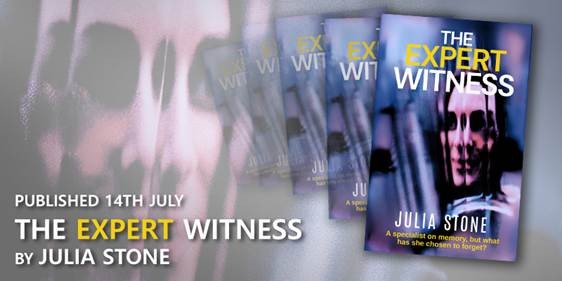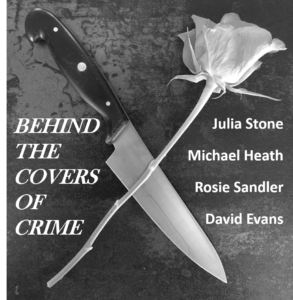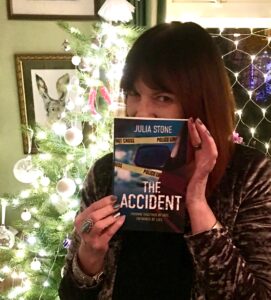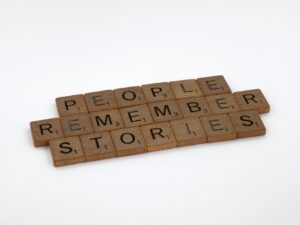
Welcome to new readers and hallo again to those who’ve been signed up for some time. It’s been a while since I’ve been in touch, because I’ve been focused on two exciting writing-related projects:
- Creating my third psychological suspense novel – The Expert Witness – to be published this month; and
- My new role as Author in Residence at Sudbury Arts Centre, where I recently hosted the first Anglian Authors Book Fair for readers and writers.
If you enjoyed my first two novels, Her Little Secret and the Accident, you can pre-order the Kindle version of The Expert Witness here now , or buy the paperback from 14th July, 2025 when the book is published.
So what’s the book about?
The lead character, Dr Amanda Dunstan, is an expert in memory. She specialises in researching witness testimony and its interpretation in a court of law; an occasion when accurate recall of what happened is vital.
Many people belief that our memories are a good reflection of events, but this isn’t always the case. Our recall can be corrupted by many things. For example:
- We may misinterpret our experience – like mishearing a song lyric or what was said; or
- After speaking to someone, we may adopt their version of events, assuming their recall is better than our own; or
- We can overlay one memory with another, combining two unrelated events into one new memory that never actually happened.
Despite being an expert in memory, my lead character, Amanda, has the same flaws in her recall as everyone else. When a friend from her past reappears, she is forced to confront a memory she’d chosen to forget – an incident with life-changing consequences for her friend. Driven by her need to atone for her past behaviour, Amanda moves into a world far removed from her middle-class existence, ultimately breaking the laws she previously upheld in order to help her friend. But whose memory can she trust?
If you’d like to continue to receive emails with insights into books, psychology and writing-related themes, let’s stay in touch. You can also follow me on Instagram: Julia.Stone.Writer and Facebook: JuliaStoneWriter
If you no longer want to receive these emails, sorry to see you go, but just unsubscribe.











